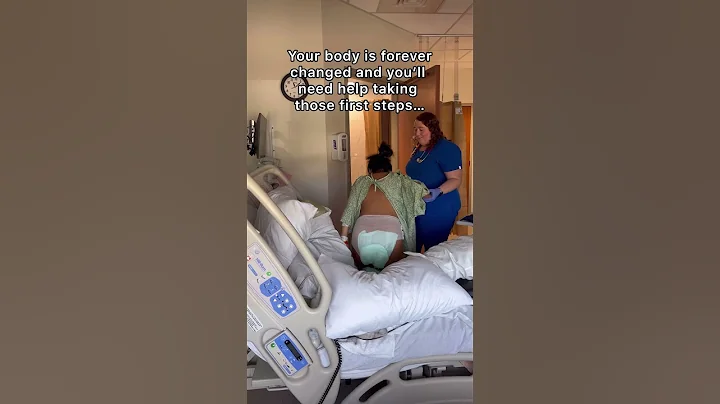activity goals
1. Can use body movements to rhythmically express the joy of labor.
2. Understand the various labors of people around you and develop a love for labor.
activity preparation
Video of aunt cleaning, music " Labor is the Most Glorious ".
Activity process
1. Spark discussion
1. Today the teacher brought you a video. Let’s take a look. Who is in the video? What are they doing?
2. Watch the video of the kindergarten aunt cleaning and communicate with each other.
3. What do you see the aunties doing? (.Source Qu.Teacher Lesson Plan Network) (Cleaning windows, sweeping the floor, wiping tables and chairs, mopping the floor) Encourage children to use movements to show the various actions of the aunties cleaning.
4. You have found out everything the aunties are doing in the video. Attentive children will definitely find that there are many people working around us. Have you seen it? What are they doing?
5. Young children Imagine people working, make movements and ask everyone to guess: Who is this and what is he doing? I find that there are many people around me who love to work.

2. Follow the music movements
1. Listen to music: Teachers also love to work. I like to listen to music while working. This will make me more energetic and energetic when doing things! Today, I made the most of the children while working. I brought a piece of music that I like, let’s listen to it together.
2. The teacher performs the janitor cleaning the windows to the rhythm of the music. The children clap their hands to the rhythm of the music and feel the melody and rhythm of the song.
3. The teacher plays the song repeatedly and asks the children to imagine who may be working and try to express it with actions (the teacher prompts appropriately to make the actions more obvious and in line with the rhythm of the music).
4. Communicate the actions you created, and jointly select several labor actions representing different workers.
3. Performance creation
1. Get together freely, pretend to be workers of a certain type of work, and practice together with music.
2. Perform performances for everyone in rotation (the teacher can pretend to be the host and introduce them separately).
3. Enjoy the teacher’s dance performance “We Love Labor” and dance with the teacher.





















